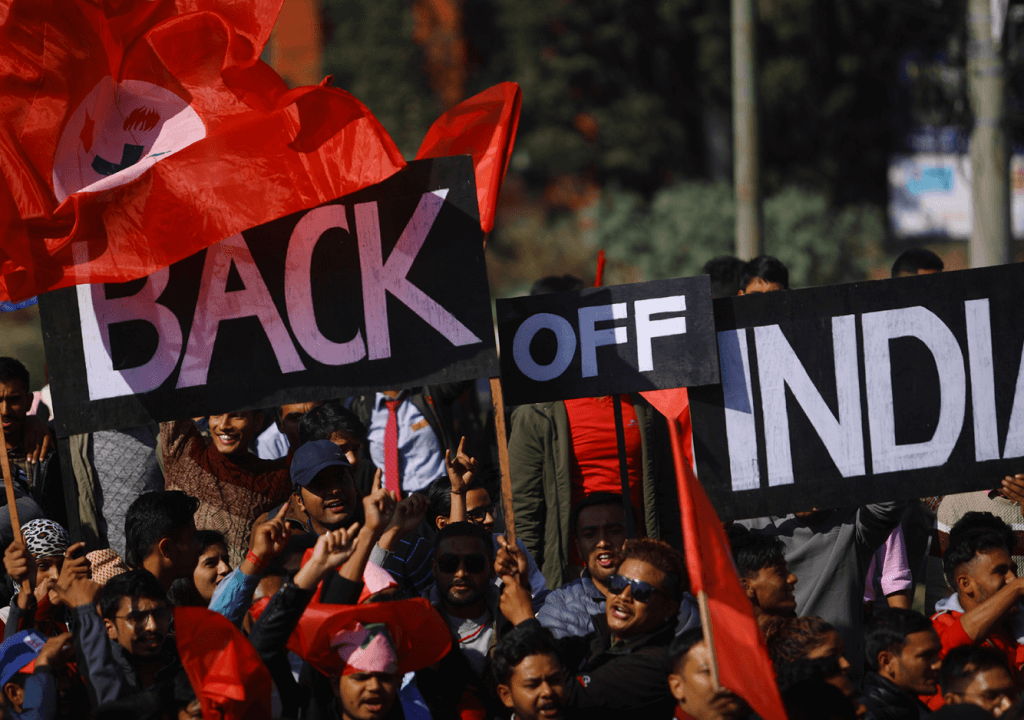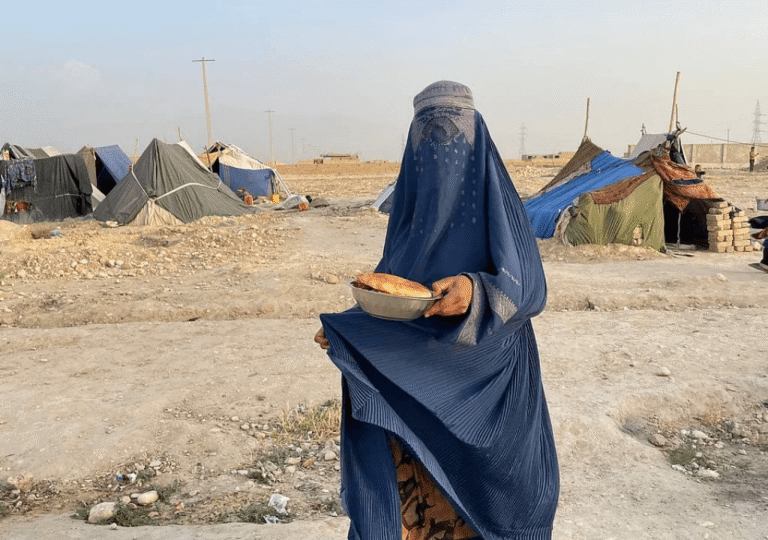Bollywood and Indian policymakers dominated the Indian subcontinent until the last decade. The Indian subcontinent, including Islamic countries like Afghanistan and Pakistan, maintained a good relationship with India. Countries like the Maldives, Sri Lanka, Bangladesh, Nepal, and Bhutan acted more like India’s satellites. They developed and evolved using India as a model, and India was generous to its neighbors, offering assistance in areas from education, health, to the satellite services. This collaboration led to the formation of SAARC, which was one of the most effective regional bodies.
The people of these countries shared a strong cultural bond, enjoying the same movies, music, and cricket and admiring stars from each other’s nations. Despite nationalism, there was a sense of fondness and unity. However, in 2024, the scenario has changed dramatically. The union and sentiments that once bound them together are no longer present. Politicians, people, and even artists are expressing hostility toward each other, with social media filled with hate comments. Anti-India factions are ruling in Afghanistan, Pakistan, the Maldives, and have gained strength in Sri Lanka and Nepal. Recently, a violent riot in Bangladesh toppled an India-supported government, revealing a clear rise in anti-India sentiment. Now, it seems only Bhutan remains allied with India in the subcontinent. What caused such a split between these countries that once seemed as close as in a Bollywood drama?
India, as the largest secular democratic republic, was a role model for its fellow South Asian states. Even when they had disputes with India, they admired it. While some Islamist countries and the United States, which was opposed to Russia, propagated against India, people in these countries were fond of India, its secularism, and its culture. Indian Bollywood movies facilitated this cultural exchange significantly. Bollywood films, with their family values and cultural closeness, attracted large audiences in these countries, creating hardcore fans who cherished Bombay dreams. Bollywood produced content that appealed to these audiences and included more artists from Pakistan, Sri Lanka, and other countries, resulting in significant box office collections for Bollywood movies in these regions. At one point, despite border tensions, Pakistan was one of the largest contributors to Bollywood’s box office revenue.
Cricket was also a unifying factor, as India provided facilities to promote the sport in these countries. Indian cricket and hockey stars were admired across the region. A similar cultural exchange occurred in reverse, with Pakistani musicians and Sri Lankan cricketers becoming big stars in India. Together, they formed a friendly alliance. The wars at the borders and foreign interests did not disturb this friendly environment.
But things began to change over the last decade, specifically after Narendra Modi and his Hindu nationalist party, the Bharatiya Janata Party (BJP), came to power in 2014. The rise of the Hindu nationalist party caused widespread concern in Islamic countries, leading them to question India’s secular image among their own people. Comments from BJP leaders were widely circulated, giving more spotlight to Islamic factions in countries like Pakistan, the Maldives, and Bangladesh. The public in these countries slowly began to fall out of love with India. Economic downturns in these countries were also redirected into India-hatred by local politicians, who blamed India for various problems. Jealousy played a role as well; in the past, everyone seemed to grow together, but now only India was progressing, leading to the perception that India didn’t care about them and was taking away their opportunities and overshadowing them on the global stage.
The decline of Bollywood also contributed to this cultural divide. As Bollywood started producing more propaganda-based movies instead of the traditional romantic dramas, the films lost their connection with markets in Pakistan and other regions. Meanwhile, the youth, especially Gen Z, began exploring Hollywood and Korean movies instead of Indian content, further weakening cultural ties.
But political analysts point to another important factor: the influence of social media on a predominantly young population. As social media spaces are heavily utilized by propagandists, minor incidents in distant places, which mainstream media usually neglect, have started to be highlighted and shape the national mood. This has further strained the already deteriorating connections between people and policymakers. Additionally, outsiders with vested interests have begun to exploit the situation. The United States and the United Kingdom have been culturally disseminating anti-India narratives in the surrounding countries, while Saudi Arabia and Qatar are advancing Islamic interests. Meanwhile, China has heavily invested in the region through infrastructure projects that small-income countries cannot afford to repay, pulling them out of India’s sphere of influence. Anti-Indian groups in these nations are taking advantage of this situation by fostering a new and distinct identity that previously did not exist.
As a result, India is becoming increasingly isolated in the region, posing significant economic and military risks. With satellite countries bound by Chinese debts, they cannot refuse the influx of Chinese products, causing substantial losses for Indian businesses. Furthermore, infrastructure projects in strategic locations around India provide a military advantage for China. It appears that China is now the dominant player in the region with its partners, putting India in a difficult position.








